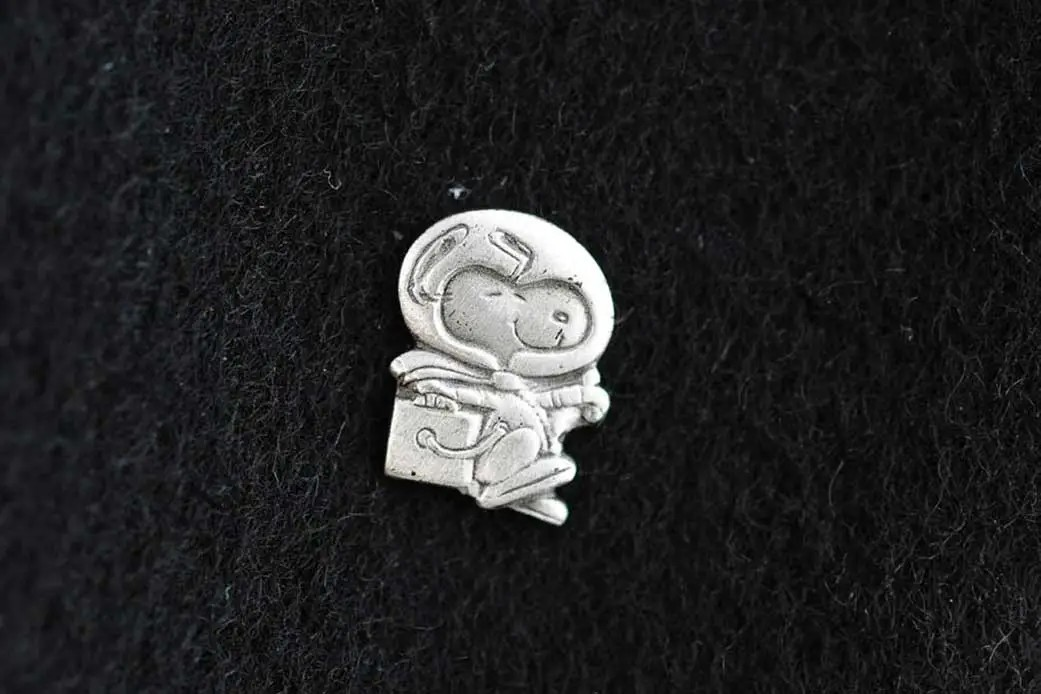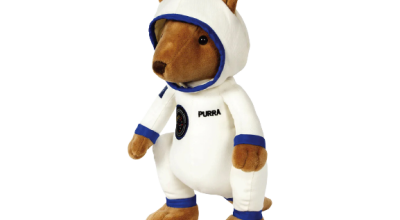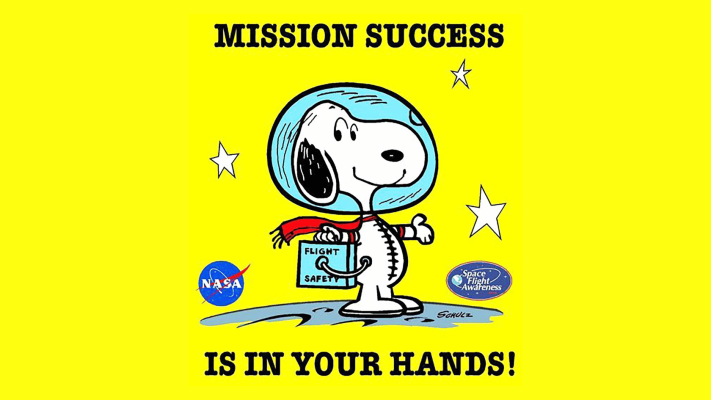You might remember that, in 2022, a toy of the famous Peanuts character Snoopy served as a zero-g indicator on the uncrewed Artemis 1 Moon mission. But did you know that Snoopy's association with spaceflight goes right back to 1968!
Over five decades ago, the plucky beagle became the mascot for NASA’s Manned Spaceflight Awareness program. In May 1969, the beloved character gave his name to the Lunar Module for the Apollo 10 mission.

A morale-boosting mascot
Following the tragic 1967 Apollo 1 launchpad fire, in which three astronauts were killed, NASA placed renewed emphasis on its Manned Flight Awareness program, intended to keep the NASA workforce focused on the fact that astronauts’ lives depended on the quality and reliability of the spacecraft and equipment they produced.
A hugely popular character, already associated in the Peanuts comic strips with daring (if imaginary) exploits, Snoopy seemed an ideal choice for a morale-boosting program mascot.
Since 1968, the Silver Snoopy award has been presented by astronauts to members of the NASA workforce who have made valuable contributions to mission safety and reliability. It consists of a silver pin showing a smiling, spacesuit-wearing Snoopy performing his iconic happy dance. A person can be recognized with a Silver Snoopy only once, so it is highly coveted.
In May 1969, Snoopy and his master Charlie Brown went to the Moon “in person” as the call-signs for the spacecraft of the Apollo 10 mission, the final dress rehearsal before the Apollo 11 landing in July. The Lunar Module, which took two astronauts to within 15km of the Moon’s surface, was designated Snoopy, while the Command Module, in which the crew travelled to and from the Moon, was named for Charlie Brown. Snoopy, who had fantasised about being an astronaut in the comic strip, really did make it to the Moon!

Purra the Kanganaut
The cutest space explorer down under!

